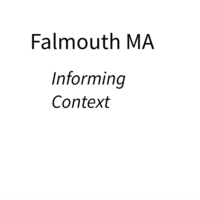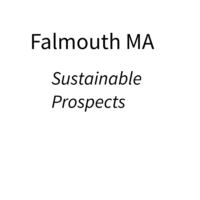The Chris Littlewood talk was the second talk at the Magnum Photo event ‘Navigating the Photography Art Market’ and he provided the gallery directors perspective on the Art Market. Chris joined flowers an initially started to document the fine art installations at Flower Gallery, overtime Chris became involved in setting up the photography section at Flowers. The first photographer they signed to Flowers was Edward Burtinsky. Chris feels the role of the gallery is to work closely with the artist to build value, creating a lasting legacy while at the same time selling work to art investors. The gallery becomes an extension of the artist though this can present ethical questions for all parties especially for some artists who’s work is exploring man and his impact on the planet such as Burtinsky. Some of Burtinsky’s work has covered subjects such as man made fossils create by the landfill sites that contain the discarded items of society, the anthropocene view of cities today using drones to megacities. However this environmental stance is contradiction to the transportation of the large prints created by Burtinsky.

Flowers currently represents 11 photographers and the galleries role is to create a desire for people to see the work of artists through fairs, book launches, etc.
Another artist represented by the gallery is Michael Wolf who’s work includes recording the back streets of Hong Kong including the chairs that people sit on when taking breaks from work. Michael collected these chairs and they were incorporated into his exhibitions.

Flowers focuses of artists that cover the environment, urban landscape and socio-political topics.
Another represented by the gallery is Boomoon a South Korean photographer. For one specific project on Icelandic waterfalls Boomoon captures 10,000 images of the same subject that he edited down to 300 before the gallery got involved to select the final 10 for exhibition. The works of Boomoon are on an epic scale as the following installation image shows.

An example of a socio-political photographer using the gallery system to support his research is Edmund Clark, who’s work ‘Negative Publicity: Artefacts of Extraordinary Rendition’ recorded the secret prisons holding political prisoners. He was able to collect information through the paper trail of public companies used by governments associated with these prisons. Clark recorded the direct images of the locations to support the story behind the images. Selling of these images helps fund further research into political work.

At the end of his talk Chris mentioned that Nadav Kander is currently working on a project about the Thames Estuary which was interesting for me because that has potential parallels to my own intended project Tilbury to Harwich which covers the Essex coastline part of which is on the Thames Estuary. Kander is famous another project on a river course Yangtze the Long River. The work of Kander and Burtinsky will help to contextualise my project ‘Tilbury to Harwich’ as start to develop the themes outlined in my initial proposal in Module 1 ‘Positions and Practice’

At the end of the workshop I managed to have a chat with Chris outlining the intent of my project which he felt had merit especially today with interest in the environment and the redrawing of boundaries following the triggering of Article 50 of the EU Treaty.

References:
- Boomoon, (2016), ‘Installation View’, ‘Skogar & Sansu’, Flower Gallery
- Burtinsky, E. (2016), ‘Installation View’, ‘Salt Pans | Essential Elements’, Flower Gallery
- Clark, E., (2017), ‘Negative Publicity: Artefacts of Extraordinary Rendition’
- Kander, N., (2007), ‘Yibin V, Sichuan Province’, ‘Yangtze – The Long River’, Flowers Gallery
- Wolf, M., (2015), ‘Installation View’, ‘Informal Arrangements’, Flower Gallery




Pingback: Photography and its Fine Art Markets – Reflection